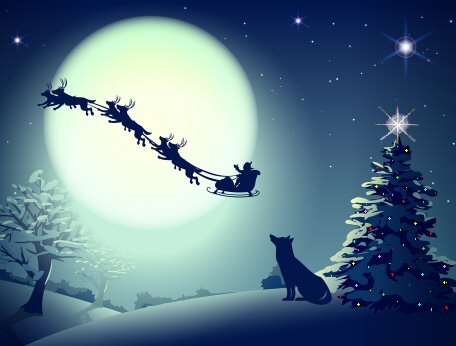 It’s That Time of Year Again
It’s That Time of Year Again
The winter solstice, also known as midwinter, is an astronomical phenomenon marking the day with the shortest period of daylight and the longest night of the year. It occurs when one of the Earth’s poles has its maximum tilt away from the Sun. It happens twice yearly, once in each hemisphere.
Here in the Northern Hemisphere, the solstice occurs on December 21st and marks the start of the Winter holiday for Pagans. The Solstice is known as Midwinter, Yule for Pagans, the Longest Night, and Jól for the Norse.
Yule for Pagans, is a 12 day celebration that honors the Goddess in all 3 of her forms, Maiden, Mother, and Crone. And the rebirth of the God, in the form of the Sun. Each one of these representations of the Divine is honored and observed for a 3 day period beginning with the Maiden. The Mother Goddess comes next, followed by the Sun God, and ending with the Crone.
This year of 2018, Pagans will also enjoy a special occurrence of a Full Moon (read more at Space.com) AND a meteor shower during the Yuletide celebrations. The Ursid meteor shower is active each year around the December solstice. This year’s peak morning is probably December 22. Even under the full moon light, you should be able to see a little bit of the meteors. So if you’re up before sunrise, look up and check it out. (read more at EarthSky.org). Continue reading








